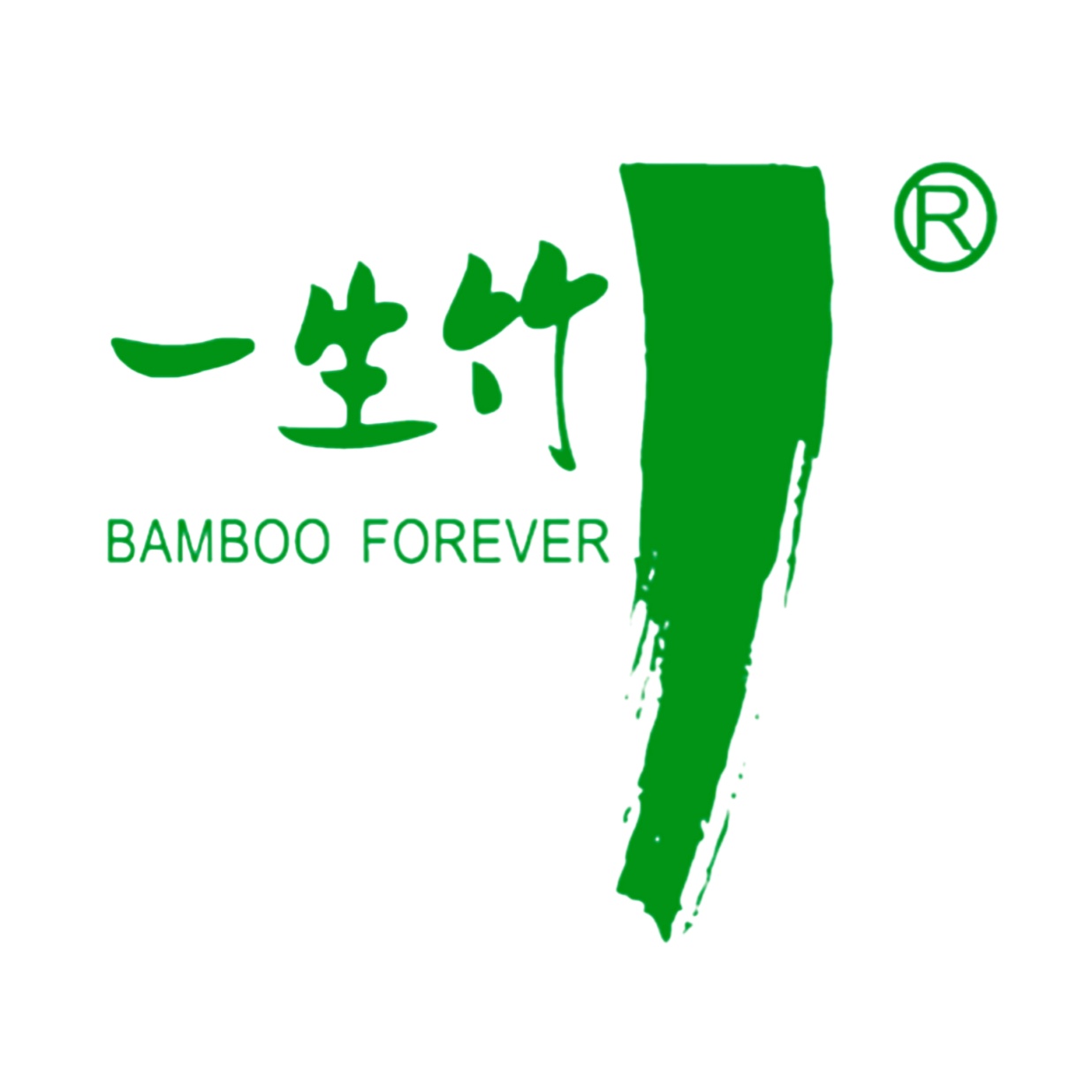Leading paragraph.
Every day, millions use disposable chopsticks—but hidden dangers may lurk in low-quality products. How can you tell if yours are truly safe?
Snippet paragraph.
Properly manufactured disposable chopsticks meet strict GB/T 24398-2009 safety standards1, but substandard products may contain toxic additives like sulfur dioxide or heavy metals2.

Transition paragraph.
Let’s examine how to identify safe options and understand the real risks of inferior chopsticks—from chemical hazards to environmental impacts.
How to Identify Safe and High-Quality Disposable Chopsticks?
Leading paragraph.
Spotting dangerous chopsticks could save your health—here are the telltale signs of quality.
Snippet paragraph.
Look for certifications (GB 19305, ISO 9001)3, smooth surfaces without splinters, and natural coloration (avoid unnaturally white sticks)4. Reputable suppliers provide material safety documentation.

Dive deeper Paragraph.
Safety Checklist for Disposable Chopsticks:
| Feature | Safe Indicator | Danger Sign |
|---|---|---|
| Color | Natural wood/bamboo hue | Overly white (may contain bleach) |
| Surface | Smooth, no cracks | Rough texture or splinters |
| Odor | Neutral wood smell | Chemical or pungent odor |
| Markings | GB/T 24398-2009 compliance label | No safety certifications |
What Are the Potential Health Risks of Using Low-Quality Chopsticks?
Leading paragraph.
Those cheap chopsticks might cost more than you think—here’s what could be entering your body.
Snippet paragraph.
Substandard chopsticks may release sulfur dioxide (linked to respiratory issues)5 or heavy metals like lead during hot food contact2. GB 31604.32 strictly regulates these contaminants.

Dive deeper Paragraph.
Health Hazards by Component:
-
Chemical Additives
-
Heavy Metals
- Lead/Cadmium: Limited to <0.2mg/kg (GB 31604.49)6
- Found in low-quality paints/coatings
-
Microbial Risks
- Mold growth in improperly stored bamboo products
The Environmental and Health Impacts of Different Chopstick Materials?
Leading paragraph.
Your chopstick choice affects both your body and the planet—here’s the breakdown.
Snippet paragraph.
Bamboo chopsticks decompose in 4-6 months (best eco-option)4, while plastic-coated wood releases microplastics. Carbonized bamboo resists mold naturally without chemicals5.

Dive deeper Paragraph.
Material Comparison Table:
| Material | Decomposition | Chemical Risk | Certifications |
|---|---|---|---|
| Bamboo | 4-6 months | Low (if unbleached) | FSC, ISO 9001 |
| Wood | 6-12 months | Medium (potential coatings) | GB 19305 |
| Crops fiber | 3-4 months | Low | GB/T 24398-2009 |
| Carbonized bamboo | 5-7 months | None | T/ZZB 2109-20215 |
Conclusion
Choose chopsticks with visible safety certifications and natural materials—your health and environment will thank you.



